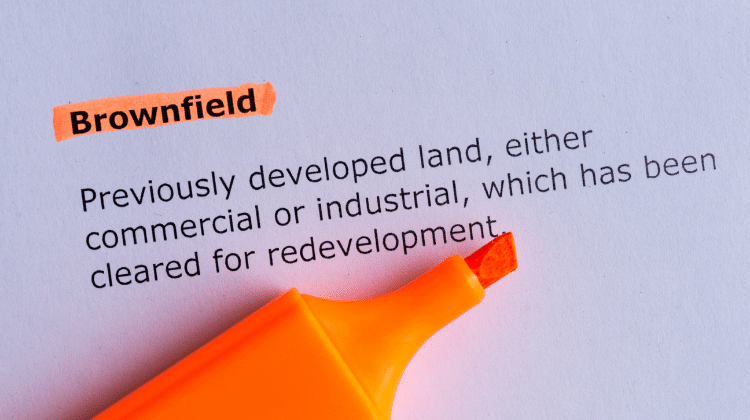
Brought to you by DBS Bank Ltd:
Choosing between brown and green fields for your next business facility — this would be an easier decision a few decades back – greenfield sites were abundant and closer to towns. Brownfields can be risky to develop and expensive to manage. The decision goes beyond the cost and the construction timeline before working with a project finance team.
There are plenty and social benefits and increased brand appreciation when companies commit to a community by developing the property into a facility that becomes attractive architecture in the area and brings jobs, which increases prosperity. Below are insights on both greenfield and brownfield sites to help you decide which one is the right option for your next business site.
Greenfield Sites
Greenfield sites are located outside cities and are usually undeveloped agricultural land. These sites are usually preferred for manufacturing plants and commercial projects since they are straightforward and offer less complicated construction.
The advantages of a greenfield site include design flexibility for meeting project requirements. The construction timelines are typically faster as well because of fewer requirements and considerations. There is also more room to expand for future growth and the ability to be leased or owned depending on your needs.
However, infrastructure installation is often required for greenfield sites. They’re usually further away from the city and its services, causing longer commutes for workers. For some, it can be perceived as urban sprawl with a negative environmental impact.
Brownfield Sites
Brownfield sites are also known as either underutilized, abandoned, or contaminated properties. Redeveloping these properties into productive projects offers tax revenue, improves the social foundation of these communities, and lessens environmental impacts. However, brownfields can take longer to develop and could include more risk.
Advantages include reduced sprawl and destruction of green space, and your business contributes to the redevelopment of a city section. There may also be pre-existing, usable infrastructure in place, leading to reduced costs. Businesses may also boost their brand image by investing in the city and being environmental stewards. There are also grants and other incentives to help pay for clean-up and improvements.
On the other hand, development could be complicated if there’s a discovery of toxic contaminants or other hazards. There are generally longer construction timelines as older structures may not meet building codes or structural requirements. There is also a perceived higher risk of cost overruns due to unforeseen developments. Lastly, potential space limitations may limit development and slow down construction.
Smart-growth land-use strategies are characteristically targeted towards the redevelopment of brownfield properties, focusing on revitalizing and marketing run-down, abandoned brownfield properties within city limits, often in an industrial or historic section. This advances a city’s chances of landing a new company, particularly as available greenfield properties decline in number and transfer further outside the city.
Deciding between greenfield and brownfield sites generally comes down to a company’s risk tolerance and the most appropriate choice to meet manufacturing needs. While brownfield sites are often viewed as higher risk, they come with multiple incentives. Cities and states have become much more practical by paying for improvements required to make these properties certified — this includes planning, surveys, zoning, title work, environmental studies, and public infrastructure engineering completed all before the site is offered for purchase.
Whichever you choose, you will benefit from working with a good project finance provider. Not only will they advise you on the right steps and be involved in the entire process, but they will also provide the right knowledge to get you the best deal.